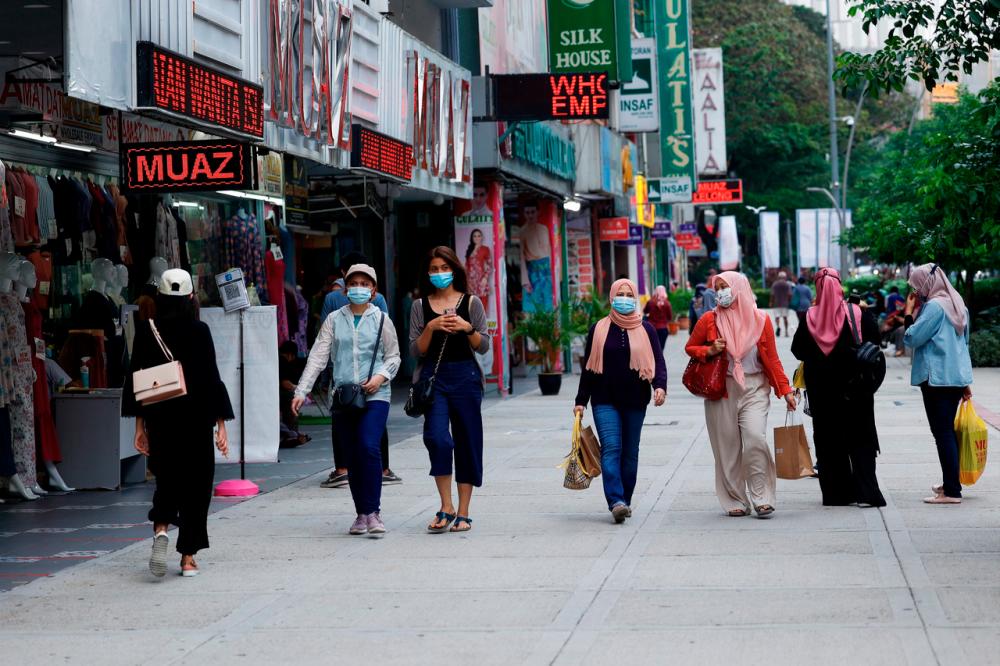PETALING JAYA: As expected, the Covid-19 pandemic has taken a toll on wealth.
While the world continues to see an increase in the number of rich individuals, the quantum of increase fell last year, compared with previous years.
However, Malaysia is bucking the global and even Asia-Pacific trends, with more people exiting the rich list.
According to the latest report by Knight Frank, a real estate agency and residential and commercial property consultancy based in London, the number of high net worth individuals (HNWI) in Malaysia dropped by 8%, from 17,936 in 2019 to 16,442 in 2020.
In the same period, the number of ultra high net worth individuals (UHNWI) declined by 3%, from 626 in 2019 to 606 last year.
The report defines a HNWI as one with a net worth of at least US$1 million (RM4.26 million) while a UHNWI is one with a net worth of at least US$30 million (RM127.8 million).
Sunway University Business School Professor of Economics Dr Yeah Kim Leng said the decline in the number of rich people is inevitable given the overall 5.6% drop in the nation’s real income. “The HNWIs, who built their fortunes through hotels and restaurants, aviation, leisure, tourism, hospitality and retail, would have experienced significant losses in business income and asset values,” Yeah told theSun.
Datuk Dr Rajah Rasiah, Professor of Economics at the Asia-Europe Institute at Universiti Malaya, said the slump (in net worth) was imminent even before Covid-19.
“The economy was already slowing down, thanks to the US-China trade war under US president Donald Trump’s administration.”
Rajah cited the more predictable and stable financial situation elsewhere, such as in Singapore, which saw an impressive increase of 10.2% in the number of UHNWIs.
Yeah believes the sharp rise in the demand for medical supplies and various ICT products and services, led by the growing work-from-home trend, helped to boost the fortunes of countries where these products are manufactured.
Another fact, he said, also in relation to Singapore, is the success of its entrepreneurs capitalising on the shift in economic and business opportunities caused by the pandemic and subsequent disruptions in the global supply chain.
The Knight Frank 2021 report said the number of UHNWIs rose by 2.4% globally from 2019 to 2020, which was a third of the previous year’s quantum. Even so, the world saw more than 520,000 new millionaires and billionaires.
It also forecast that Asia-Pacific’s UHNWI population will likely grow by a third to 168,567 in 2025, ahead of the global average of 663,483 or 27%.
Indonesia will lead the charge with an expected 67% growth, followed by India (63%), New Zealand (52%) and China (46%).
Over the next five years, the number of millionaires and billionaires in Asia-Pacific is set to rise by 37% and 46% respectively.
The Asia-Pacific region is now home to 36% of the world’s billionaires, higher than any other region.
According to Yeah, Malaysia can easily match the global growth. “Our strong entrepreneurial spirit and talents, coupled with a business-friendly environment and level playing field are all that is necessary to help us meet the projected growth in the number of wealthy individuals.”
However, he also cautioned against widening the gap between the haves and have-nots. “Without inclusive growth, the country’s economic progress is unlikely to be sustainable or socially and politically stable.”













